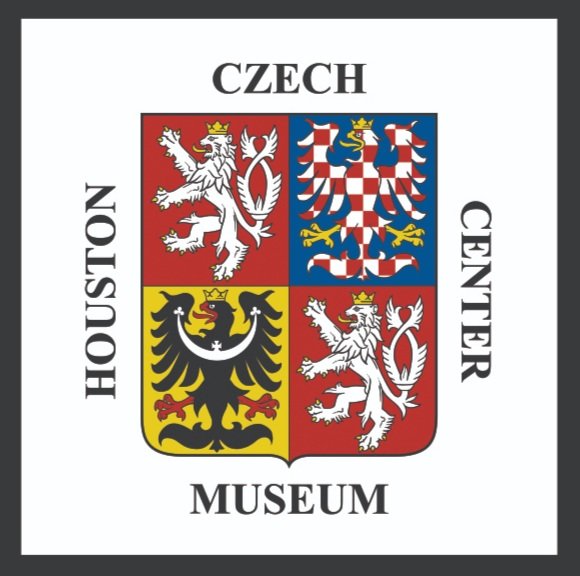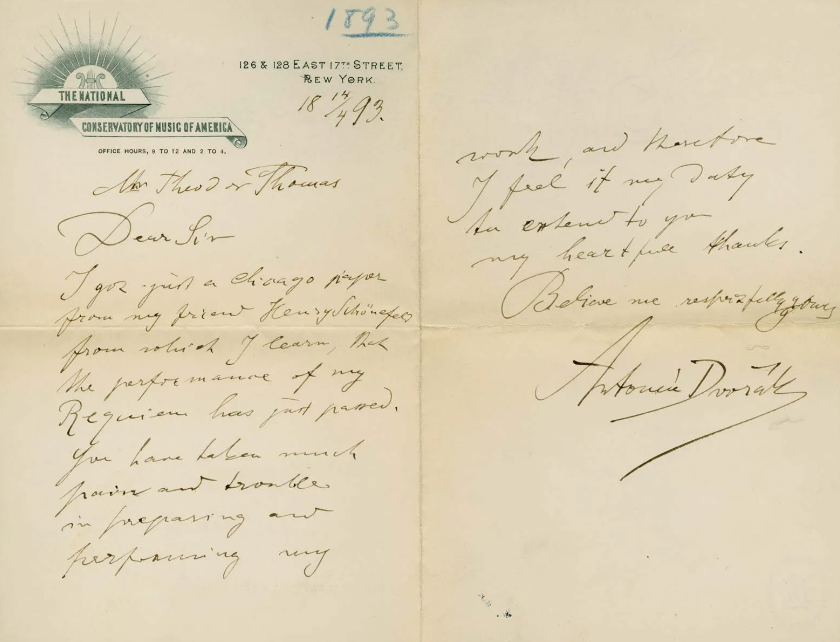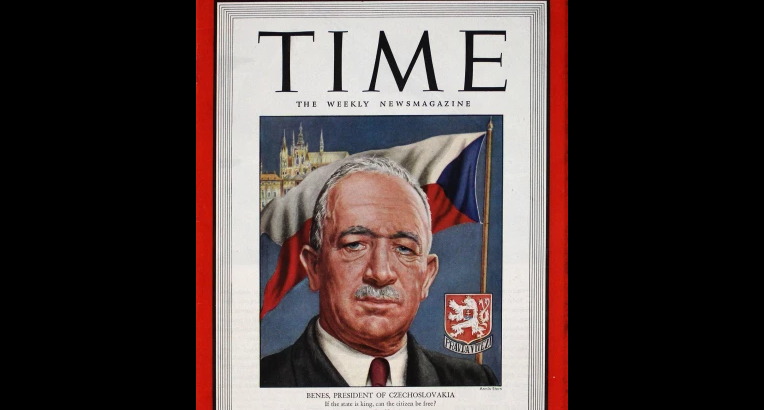Giacomo Girolamo Casanova, a man whose name has become synonymous with womanizing, spent his final years and composed a rich autobiography in Bohemia. His life began in Venice, Italy where he spent most of his childhood, including the discovery of romance, with the daughter of Gozzi. Due to the trouble Casanova ran into in Venice, he eventually settled in Prague, where he met Wolfgang Amadeus Mozart.
Houska Castle
Houska Castle is a castle located in the Liberec region of the Czech Republic. The castle was built in the Gothic style during the second half of the 13th century, and later underwent a Renaissance modification in the late 1500s. This castle is particularly famous for the folklore, which is that it is built over a pit meant to be the entrance to Hell. Besides the folklore, the actual purpose of Houska Castle was to serve as an administrative center for Ottokar II’s royal estates.
Rudolf II: The Intellectual yet Disastrous Emperor
Rudolf II desired to unify Christendom in the Empire and tried to take a tolerant stance on religious issues. Though he was an ineffectual ruler, he had a love for academics that helped spur the Scientific Revolution. He was known as “the greatest art patron in the world,” and philosophers, painters, alchemists, astronomers, architects, and mathematicians came to Prague to work under his patronage.
Czech Wine: A Brief History
From legends to wine festivals, Czech wine has a rich history. Various rulers implemented regulations for viticulture, and it eventually grew to a large scale operation in the Czech Republic. Although many vineyards were left abandoned after the revolution, through the 19th and 20th centuries, Czech viticulture bounced back to the point of becoming a worldwide phenomenon.
Bertha von Suttner: the first woman to win the Nobel Peace Prize
Bertha von Suttner’s commitment to peace and anti-war movements created the building block to many significant changes in Europe. Unfortunately, the political figures and aristocracy she argued against ignored her warnings. For example, von Suttner warned governments and aristocracy of increased citizen involvement in affairs of war and even the use of nuclear weapons. Eventually, her ideas for peace were soon adopted post-World War II.
Mordecai Maisel: Jewish Influence in Prague
Mordechai Ben Šemuel Maisel was a businessman, philanthropist, Jewish community head, and builder of Prague’s Jewish town during the late 16th and early 17th centuries. He established a successful banking business and several silver and gold mines in Bohemia. Maisel’s financial success was instrumental to the tactical success of the Holy Roman Emperor’s forces during the Turkish Wars, which allowed him more financial freedoms and decisions that made him wealthier.
Charles IV: King of Bohemia and the "Romans"
Charles IV’s efforts helped to elevate the city of Prague to new heights, establishing it as the intellectual and cultural center of Central Europe. Yet, his reign was marked by political disagreements and failures to centralize the government. One major, yet brief, threat to Charles IV’s authority came from Louis IV, the excommunicated emperor Charles IV replaced. Another major aspect of Charles IV’s authority was the elevation of Prague as a major player on the world stage for centuries to come.
Jaroslava Brychtova (18 July 1924 – 8 April 2020)
Jaroslava µţ°ů˛âł¦łółŮ´Ç±ąĂˇ and Stanislav ł˘ľ±˛ú±đ˛Ô˛ő°ěý’s partnership of almost 50 years birthed some of the defining sculptural and architectural installations of the 20th century. They used their art as a form of political resistance and were inspired by early 20th-century Czech Cubism and metaphysical philosophy to work with abstraction.
Antonin ¶Ů±ą´Çřá°ě
The Life and Compositions of Antonin Dvorak, who had a great talent for melody and including Czech culture in his music, created works of art that captivated his listeners. His life’s work began at the age of 12 when he studied harmony, the piano, and the organ to write Polka music. As his skills grew, so did his network of famous and accomplished fellow musicians, including Johannes Brahms and Tchaikovsky.
Czech Beer : A Brief History
From the Brevnov Monastery to the modern-day Pilsner, the Czech people have been enjoying beer for over a thousand years. Known as the beer of tradition, Czech beer is ingrained into history itself. When beermaking was banned. the Brenov Monastery, as the first-ever Bohemian brewery, was exempt. Initially, after the ban on brewing ended, only noble families or homeowners were allowed to brew beer. It was in 1842 that the famous Pilsner was created.
George "Papa Bear" Halas
The Chicago Bears began with American football coach, owner, and NFL administrator George “Papa Bear” Halas, born in Chicago, Illinois to Slovak immigrants. Initially, however, Halas began as a player who joined the Navy during World War I, before becoming a player-coach. Throughout his life, “Papa Bear” Halas invested his life into football, winning six NFL championships as head coach while practicing many innovative routines that allowed him and his team to win.
Landscapes of Czech Painters: ł§±ô˛ą±ąĂÄŤ±đ°ě and ´Ü°ůłú˛ą±ąĂ˝
AntonĂn ł§±ô˛ą±ąĂÄŤ±đ°ě was an impressionist painter who kickstarted the Czech modern art movement. Jan ´Ü°ůłú˛ą±ąĂ˝, a painter whose work was defined in terms of neoclassicism and magic realism, also kickstarted the Czech modern art movement. Both artists painted landscapes in ways that captured both the past and the imagination of the Czechoslovakian nation.
Edvard µţ±đ˛Ô±đš (28 May 1884 - 3 September 1948)
Edvard µţ±đ˛Ô±đš was born in Kozlany, Bohemia during the Austro-Hungarian Empire’s rule, but by October 14, 1918, he lived in a different nation, as the empire collapsed in place of the then-new Czechoslovakia. He served as the council chairman for the League of Nations to support the balance of powers in Eastern Europe, creating the “Little Entente.” Eventually, µţ±đ˛Ô±đš would succeed Masaryk as the Czechoslovakian president, faced with the threat of Germany, and the rest is history.
Beginnings of Bohemia: Borivoj I and the Premyslids
Bohemia's beginnings started with Svatopluk I of Great Moravia giving Borivoj I control of the of the soon-to-be Bohemian lands. Even early in his career as the first duke, his kingdom faced war as he supported Svatopluk I during his war against Louie the German and the Eastern Franks. Also early in his career, he faced controversy from fellow elites and had to involve himself in more war to maintain his power and position. Beginnings aren't easy!
St Wenceslas, Patron Saint of Bohemia
St Wenceslas Day, which honors Duke of Bohemia Wenceslas I, is celebrated on September 28th in the Czech Republic. His story begins with his Christian grandmother Ludmila, having been raised by her up to the time Wenceslas I's mother, Drahomira, had Ludmila assassinated to become Queen Regent. After regaining the throne from his mother, Wenceslas continued to reign for 14 years until his death.
Great Moravia: Svatopluk I and Mojmir II (870-907)
The story of Great Moravia continues with the arrest of Svatopluk I's arrest. Becuase of Svatopluk's supposed death, the Moravians, in anger, elected Slavomir in his place until Svatopluk came back. After the death of Svatopluk II, his son Mojmir II took his place, after which the kingdom saw some hard times, including wars.
Samo and his Empire (631 – 658)
In the mid-seventh century, the "first Slavic State" came into existence, ruled by Samo, thus named Samo's Empire. It began with Samo as a Frankish merchant who aided the Slavs in their revolt against the ruling Avars. Samo was such a major contributor to the effort that he was chosen as the leader. The rest is history...
Assassination of Reinhard Heydrich
"The Butcher of Prague" Reinhard Heydrich established himself as a ruthless authority among the Nazis, terrorizing Eastern Europe. Czechoslovakian president Eduardo Bene ordered a team of assassins to kill Heydrich. These assassins were Josef Gabcik, a former blacksmith and locksmith, and Jan Kubis, both of whom rose up the ranks in the Czech military. Of course there were others, 7, in fact, and if they were successful is written.
The Czech Flag: A Century of Waving
Inspired by the American holiday, many nations in the world celebrate Flag Day, including Czechia. Before Czechia, there was Czechoslovakia, whose flag, created in 1918, featured 2 horizontal stripes, white on the top and red on the bottom. The flag changed to include a blue wedge from the left and has remained this way since, including after the separation of Czechoslovakia into the Czech Republic and Slovakia.
Opera in Czechoslovakia
Opera is as popular as ever in the Czech Republic! The musical artform got its beginnings back in Bohemia during the early 17th century, when an Italian comedy performed at King of Bohemia Ferdinand III. Music artist and songwriter Wolfgang Amadeus Mozart lived his life in Prague since his performance of Figaro was lauded there, in contrast to Vienna in Italy. Opera has a significant role in the Czech lands’ cultural future and present, as it was a part of the Czech National Revival.















